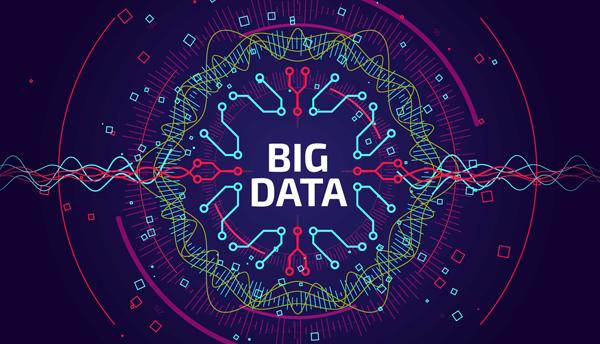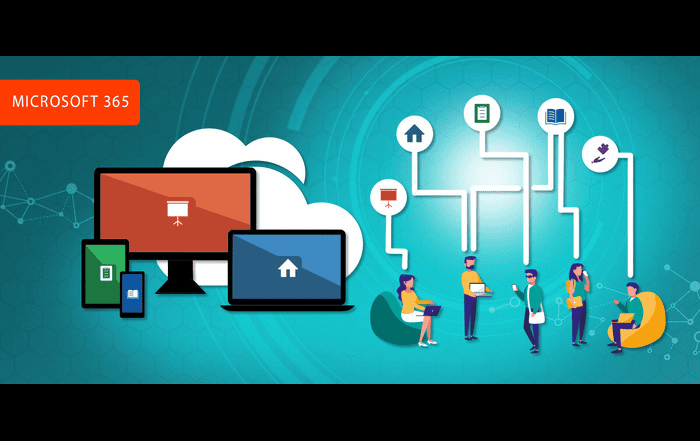
What Is Big Data?
Big Data refers to the massive amounts of information we’re collecting. This includes but is not limited to metadata on every phone call and email, data on every user’s social media posts and online searches, and tracking of components from the factory to the end user. This fire-hose of information is growing at a staggering rate, and we’re building tools to mine it and make sense of it as quickly as possible.
Big Data is defined by three things: its volume, its velocity and its variety. The volume is hard to fathom, as we collect data on every online interaction, offline data storage, and store yet more data as we network more devices together than ever before. We’ve already described it as a fire-house, though the velocity cannot be underestimated. Modern computing barely keeps up with the volume of data we’re collecting, but we are analyzing it in real time or near-real time. We’ve touched on the variety of data being collected. Whether it is tracking every purchase made by a customer to monitoring every aspect of an assembly line, Big Data captures information in great detail on many more levels than we ever had before.
Half of the businesses surveyed say they are using big data, and of those, more than four-fifths say they’re satisfied with their Big Data programs. That is one reason why Big Data is the future for many industries.
How Companies Are Using Big Data
Some of the applications of Big Data are well known. Marketing is perhaps the best understood by the average person. Every search you enter, every website you select, and what you do on the website is recorded, analyzed and used to determine a better set of search results the next time someone enters those keywords. Data collected on your behavior on a website is used to better optimize the site, whether to increase sales or better service the customer in another way. Big Data allows businesses to implement multiple A/B tests and determine which combinations of ads, buttons, content and landing pages result in the highest conversion rates. Detailed analysis is leading companies to recognize secondary markets they didn’t know were buying their products, allowing them to market specifically to those markets and increase sales. Or they can see the demographic data on those customers and know that it is worth the effort to come up with a unique niche product. However, the greatest benefits are likely going to be seen offline.
Big Data and Manufacturing
Instead of waiting for five defective products to show up in a quality check, wasting hundreds of thousands of dollars of material, real-time data collection and analysis could show a machine sliding out of spec as it happens. Then you find the offending machine and recalibrate it when only a couple of items are barely within acceptable range. Real time tracking of production data could find bottlenecks in production so that they could be better addressed as quickly as possible. Or you’re able to see wasted capacity and minor bottlenecks that could be resolved, increasing productivity. When you’re dealing with standardized and streamlined assembly line operations, Big Data can lead to nearly full utilization.
Variable or organic products like biotechnology are complex to make. Big Data can allow businesses to collect data over many batches and between worksites so that they can determine what produces the best quality product at the lowest cost. Big Data analysis can eliminate much of the uncertainty of creating these products, since Big Data can gather and analyze data on hundreds of variables. These small lot products then benefit from optimization of their manufacturing processes. The end results for pharmaceutical firms have been ramping up production without affecting quality or needing to raise prices.
In general manufacturing, Big Data is allowing businesses to see all of the sources of variability in their operations. Addressing these tend to increase quality. They are able to analyze and process data, gaining insights into trends that affect performance of people and equipment. This can lead to innovative solutions to problems or improvements in operations.
By collecting and analyzing data, businesses can see anomalies when they arise and determine what action to take, if any, before serious issues arise. Whether that is potential fraud, a hack attack or bizarre equipment failure depends on what data is being collected. However, the value of such immediately intervention is often worth the cost of connecting everything to the Internet of Things. You can learn more at: https://www.iqsdirectory.com/resources/the-future-is-here-and-its-called-big-data/
Big Data is the heart of the Internet of Things, the massive web of networked sensors and connected devices. The hope here is that better monitoring of utility customers and power generators (including renewables) will prevent power outages or wasted energy. The hope of reducing power production to exactly what is needed and being able to handle the volatility of renewable energy sources as they are connected to the grid are justification for the IoT here.




